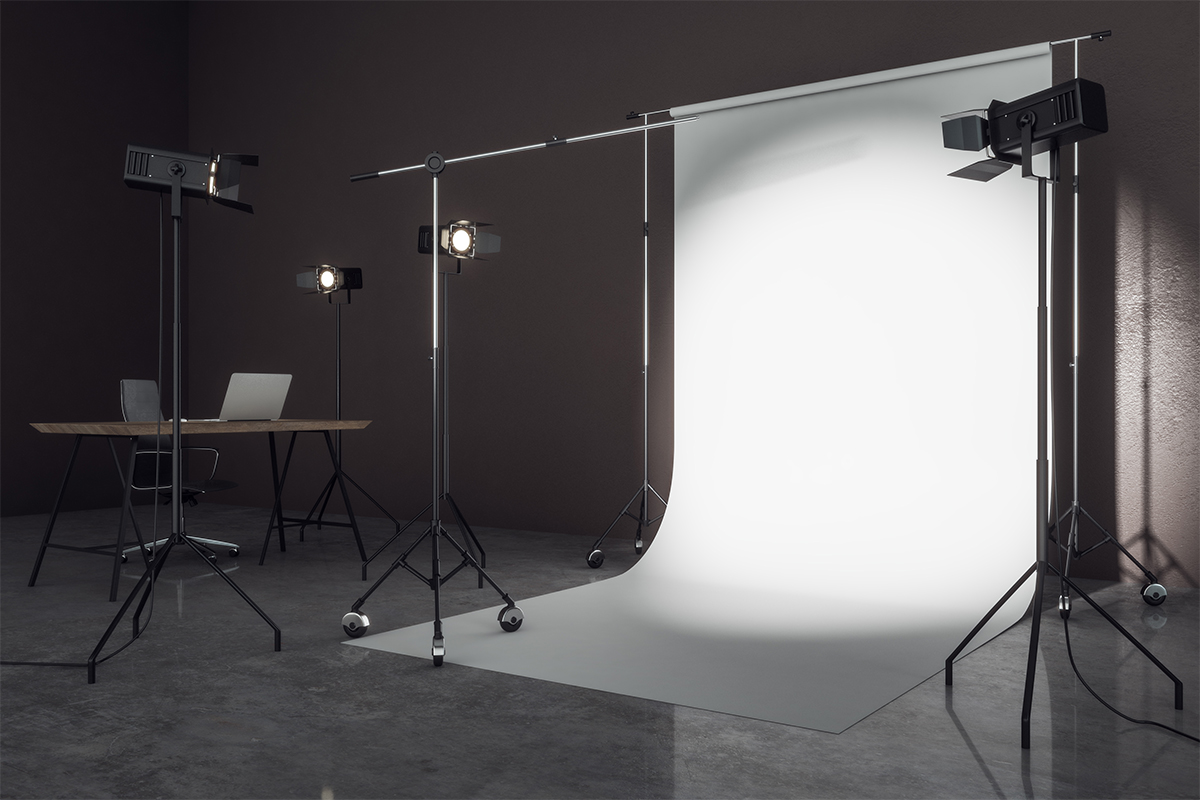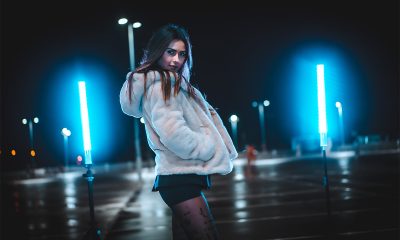What is an off-camera flash light
An off-camera flash light is a remote strobe which integrates light sources, power supply and output controls into a single assembly. Remote flash lighting allows photographers to control precisely where the light falls on the scene. The lighting direction of on-camera flashes is determined by the location of the camera. The harsh light produced by these instruments often results in a loss of shadows in the image. The production of dark, murky pictures with excessive image noise or “grain” is another typical problem with cameras using built-in flash units due to the low intensity of the flash. The “red-eye effect” is yet another problem with on-camera flashes since the retina of the human eye bounces red light straight back in the direction it came from. The use of off-camera flash lights allows for much more dynamic positioning of the lights for a balanced mix of light. Sometimes also called monolights or monoblocks, off-camera flashes often pack a punch to enable higher resolution pictures to be taken at larger distances or at greater distances, even through a softbox or an umbrella.
Lighting technology
The most commonly used flash technologies are xenon and LED. Xenon flashes produce a short, high intensity burst of light from a xenon discharge tube which is filled by a low pressure of a rare gas mixture. A high voltage pulse ranging from 1.6 kV up to 10 kV or more must be provided to ignite the plasma in the flash tube, creating the high intensity arc between the two end electrodes. The pulse is generated by means of a dedicated pulse transformer built with a small magnetic core. A discharge capacitor, which is pre-charged to a high DC voltage (up to 160V to 600V), abruptly discharges into the primary side of the pulse transformer and causes the high voltage coming from the secondary side to be applied to the lamp for flash activation.
The primary advantage of xenon lighting is high light output generated during the flash pulse—up to several hundred thousand lux. Nevertheless, xenon flashes have a very short pulse duration, typically 50-100 μsec. The reservoir capacitor has a large physical size. A long recycle time is needed to recharge the capacitor between shots. The high voltage on board presents a safety concern. Furthermore, a mechanical shutter is required to prevent ambient light from overexposing the image.
LED flash
An LED flash capitalizes on characteristics unique to LEDs to produce flashes of light. While efficiency droop limits the maximum achievable efficiency at higher currents, an off-camera flash can accommodate an LED module at an adequately high power rating to deliver flux density required for camera flash applications. An LED flash can provide an extended length of a single flash burst for the image capture period. This long image-capture time allows the image sensor to be used with a rolling shutter. The LED flash can also be a continuous lighting system, making it suitable for video capture applications. The semiconductor lighting system consumes much less power and last much longer than a xenon flash. When using a supercapacitor to power the LED flash, the low energy consumption allows rapid recharge.
An LED flash is rated for 30,000 flashes. In contrast, a xenon strobe is typically rated for less than 3,000 flashes. An off-camera LED flash is typically an integrated system that incorporates a high power ceramic-based LEDs or COB LEDs to deliver high density lighting. The inherent spectral tunability of LEDs makes it possible to optimize the spectrum for optimal color rendering qualities and precise correlated color temperature (CCT) control.
Lighting mode
External camera flashes have three modes of use: automatic (“through the lens”, or TTL), manual (M), and stroboscopic. In TTL mode, the camera measures the amount of light that is reflected off the film plane itself and calculate the correct exposure for the subject and the background. Multiple TTL functions are available in this mode, including Flash Exposure Compensation (FEC), High Speed Sync (HSS), and second curtain sync. In the stroboscopic flash mode a rapid series of flashes is fired to capture a multiple images of a moving subject in a single photograph. In manual flash mode the output of the flash is set manually, e.g., from 1/1 full power to 1/128th power in 1/3rd stop increments.
In order synchronizing the firing of the off-camera flash with the opening of the shutter admitting light to the electronic image sensor, the camera is connected to the flash with a sync cord, or the flash is set on infrared or radio frequency transmission for wireless automatic flash shooting.













Loading...